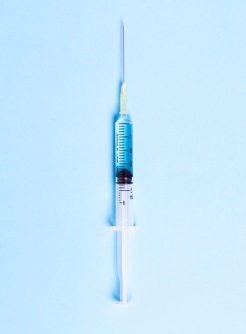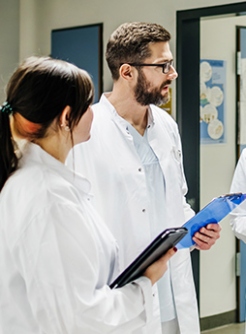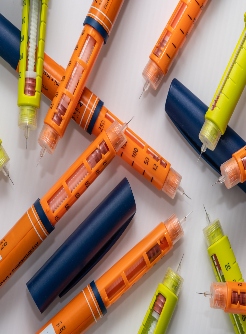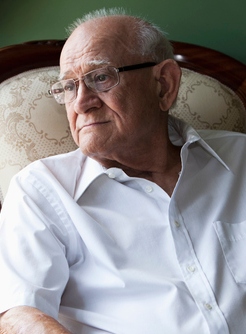GRADE: Trends, Challenges in Insulin Adoption Among Patients with Type 2 Diabetes
By Dave Quaile, MD /alert Contributor
January 1, 2024
Data recently published in Diabetes Care highlighted the ongoing challenge of intensifying type 2 diabetes treatment with insulin, even within the context of a clinical trial.
While there was a preference for using rescue glargine over rescue aspart when needed, and higher A1C levels correlated with increased rescue insulin utilization, the Glycemia Reduction Approaches in Type 2 Diabetes (GRADE) study showed that participants commonly expressed a desire for non-insulin strategies to improve glycemia, but various factors contributed to the reluctance to use rescue insulin.
“Failing to change or intensify treatment when required is a recognized and persistent problem in diabetes care,” Priscilla A. Hollander, MD, an endocrinology, diabetes, metabolism specialist from the Baylor Scott & White Research Institute, Dallas, and colleagues wrote. “We have shown that even in the setting of a well-resourced clinical study with carefully selected participants and skilled diabetes care providers, intensifying treatment using insulin proved challenging.”
The researchers conducted a multicenter, parallel arm comparative effectiveness clinical trial comparing four major classes of glucose-lowering medications in people with type 2 diabetes to describe rescue insulin use and associated factors. A total of 5,047 participants with type 2 diabetes diagnosed for <10 years with baseline A1C of 6.8-8.5% (51-69 mmol/mol) and on maximally tolerated doses of metformin were enrolled in the study.
Patients were randomly assigned to insulin glargine U-100, glimepiride, liraglutide, or sitagliptin, and underwent quarterly follow-ups for an average of 5 years. The initiation of rescue insulin (glargine or aspart) was mandated within 6 weeks of confirming A1C >7.5%, with reasons for any delays elucidated through staff-completed surveys.
The researchers found that nearly half of the patients included in the study (47.3%) required rescue insulin. Among patients taking glimepiride, liraglutide, or sitagliptin, 69% opted for rescue glargine, with 39% initiating it within 6 weeks, while 44% of glargine-assigned participants (19% within 6 weeks) and 30% of non-glargine-assigned participants (14% within 6 weeks) incorporated rescue aspart.
The study showed higher A1C values were associated with increased rescue insulin use. Participants who were reluctant to adopt insulin and intentions to modify health behaviors emerged as common reasons for delaying rescue insulin within the 6-week window.
"The availability of newer drugs such as sodium-glucose cotransporter 2 inhibitors and especially GLP-1 receptor agonists provides more non-insulin options for many patients with type 2 diabetes, and their use is well outlined in recent guidelines. Insulin, however, continues to be a major and too often delayed option for treating type 2 diabetes," the researchers wrote "The potential availability of a weekly basal insulin, and strategies like continuous glucose monitoring, especially for those fearful of, or at heightened risk for, hypoglycemia, could help persuade providers to prescribe insulin and help individuals with type 2 diabetes accept insulin treatment."
--
Disclosures: Some authors declared financial ties to drugmakers. See full study for details.
Photo Credit: Getty Images.




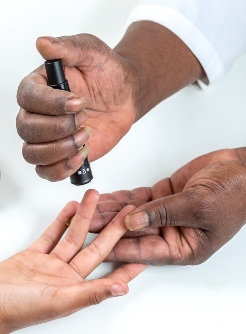



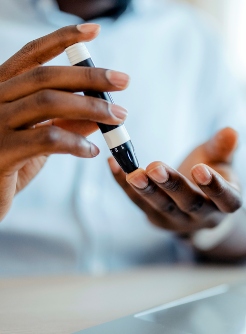

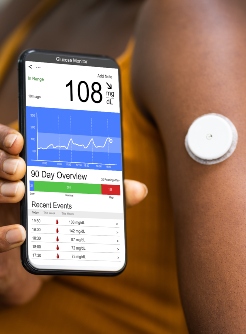




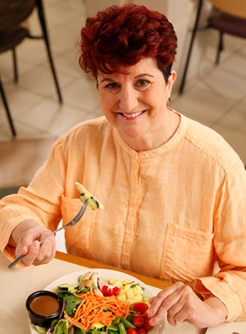






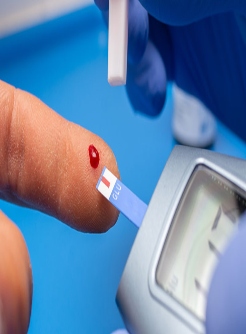



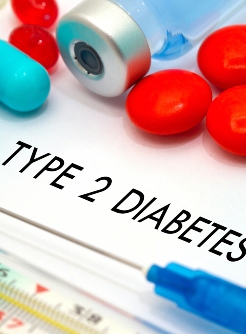



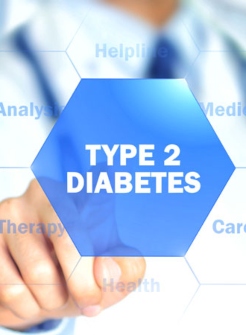
.jpg)
.jpg)

